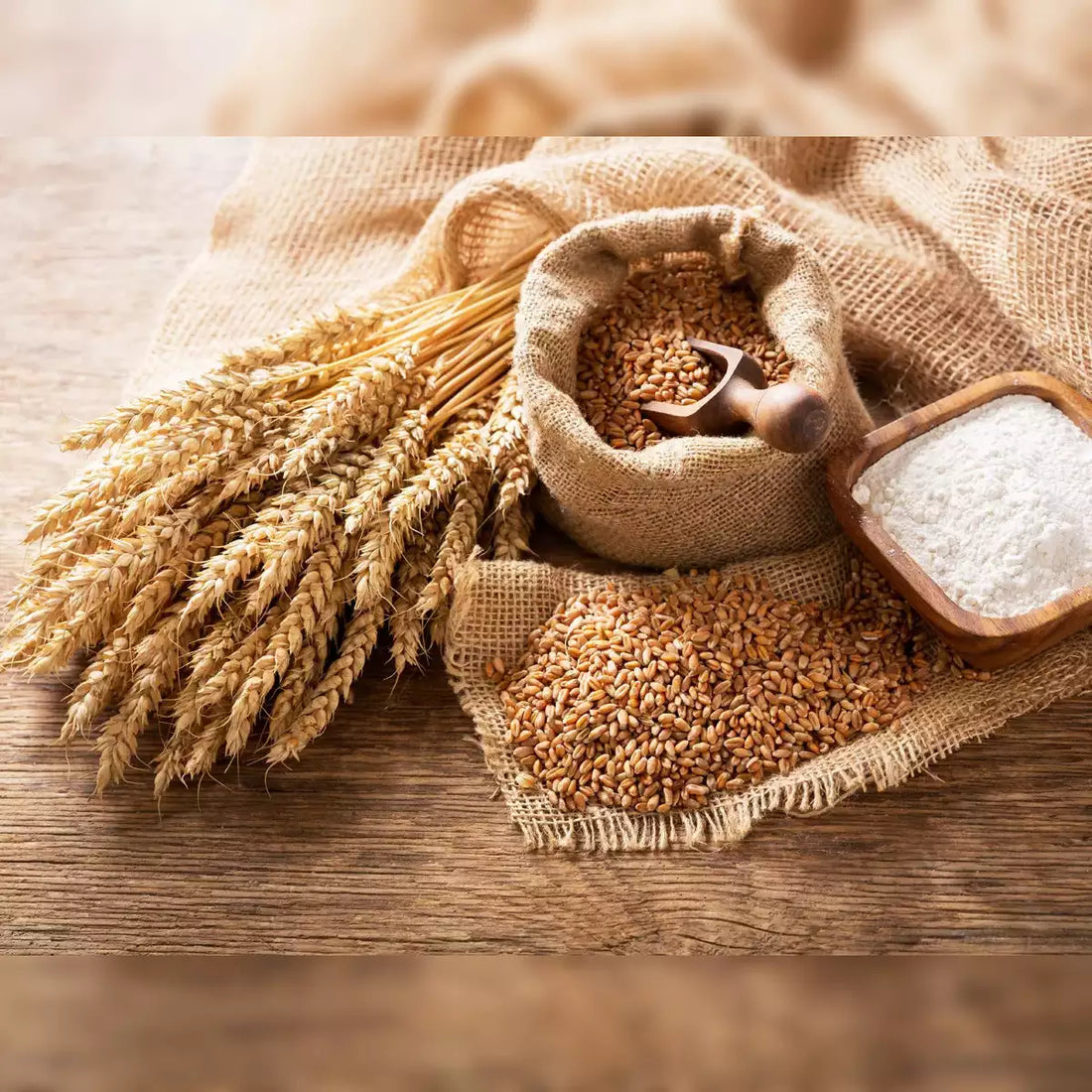
Effective Disease Management in Wheat
Share
Introduction
Wheat, being a vital crop globally and a staple food for millions, faces numerous challenges from various diseases that can severely impact yield and quality if not managed effectively.
In this blog, we will explore essential strategies for ensuring the health of wheat crops through proactive disease management.

Crop Rotation
Crop rotation plays a crucial role in disease management by disrupting the life cycles of pathogens that target wheat.
By alternating wheat with non-host crops, which are not susceptible to the same diseases, farmers can reduce the build-up of pathogens in the soil.
This practice helps in maintaining soil health and reduces the risk of disease outbreaks in subsequent wheat crops.
Resistant Varieties
Utilizing wheat varieties that are genetically resistant to prevalent diseases is another key strategy.
Plant breeders develop wheat varieties with built-in resistance to pathogens such as rusts and powdery mildew.
By choosing resistant varieties, farmers can significantly decrease the need for chemical controls while minimizing the impact of diseases on crop yield and quality.
Optimal Fertilization and Irrigation
Maintaining proper soil fertility and moisture levels is essential for promoting healthy wheat plants that are more resilient to diseases.
Balanced fertilization ensures that wheat plants receive adequate nutrients for robust growth and development, thereby enhancing their ability to withstand infections.
Similarly, appropriate irrigation practices help prevent stress-induced susceptibility to diseases

Sanitation Practices
Implementing good sanitation practices is crucial for preventing the spread of disease.
Farmers should remove crop residues promptly after harvest to eliminate potential sources of pathogens.
Additionally, cleaning and disinfecting equipment used in wheat fields can prevent the inadvertent spread of diseases from one field to another.
Integrated Pest Management (IPM)
Integrated Pest Management (IPM) involves combining various strategies to manage pests and diseases effectively while minimizing environmental impact.
This approach includes utilizing biological control agents, such as beneficial insects and fungi, alongside cultural practices and, when necessary, targeted use of pesticides.
By integrating multiple tactics, farmers can maintain a balanced ecosystem in their fields and reduce reliance on chemical treatments.

Monitoring and Early Detection
Regular monitoring of wheat fields allows farmers to detect diseases early before they cause significant damage.
Early detection enables timely intervention, such as adjusting cultural practices or applying targeted treatments, to prevent disease spread and minimize yield losses.
Farmers can scout fields regularly, looking for symptoms like leaf discoloration, lesions, or abnormal growth patterns indicative of disease presence.
Education and Awareness
Continuous education and awareness among farmers are critical for promoting effective disease management practices.
Providing information on disease identification, preventive measures, and the importance of integrated approaches empowers farmers to make informed decisions and adopt sustainable farming practices.
Training programs and extension services play a crucial role in disseminating knowledge and building capacity among farmers to tackle wheat diseases effectively.
Conclusion
Effective disease management in wheat requires a holistic approach that integrates preventive measures, early detection, and sustainable practices.
By implementing these strategies—such as crop rotation, use of resistant varieties, optimal soil management, sanitation practices, integrated pest management, and continuous learning— farmers can mitigate the impact of diseases on wheat crops.
Ultimately, this contributes to ensuring food security, sustainability, and resilience in agricultural systems worldwide.
